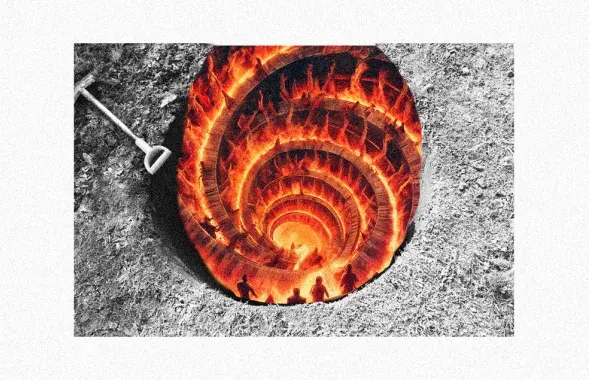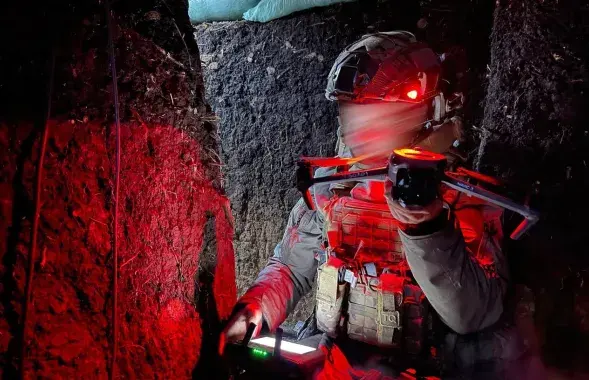New 'Martial Law' legislation comes into force
It was published on the National Legal Portal on January 21 and took effect on 1 February.
The new version of the 'Martial Law' legislation came into effect in Belarus. The law defines the grounds for the imposition of martial law and there are two reasons for this: military threats and attacks.
According to the law, military threat is a declaration of war against the Republic of Belarus on the part of another State without aggressive action. It also includes concentration of the armed forces of other states along the Belarusian state border, which demonstrates the real intention to use armed force against the sovereignty, territorial integrity, sovereignty and constitutional order of Belarus.
The military threat is defined as armed conflicts against the independence, territorial integrity, sovereignty and constitutional order of Belarus, holding in another state mobilization to attack, announcements and demonstration of power, which are carried out in violation of the UN Charter and point to the preparations for the attack.
As for other threats, that is an attack on Belarus, the law interprets this concept as follows: "invasion of the Armed Forces of another state or states on the territory of Belarus or military occupation". They also include the annexation of Belarusian territory or part of it with the use of armed forces, missile and air strikes by the army of another state, and other similar attacks.
The act of by other staates' sending to the territory of Belarus armed gangs (groups), irregulars, mercenaries or units of regular troops, to use armed force against Belarus is treated as an attack.
The peculiarity of the new law is also in the fact that now an aggression against any member of the Collective Security Treaty Organization (CSTO) will be considered the attack on the Republic of Belarus. This organization includes Belarus, Russia, Armenia, Kazakhstan, Tajikistan and Kyrgyzstan.
Martial law is introduced by presidential decree and approved within three days by the Council of the Republic.
The law also regulates and delineates the powers of state bodies in a state of war: the president, the government, the General Staff of the Armed Forces, the KGB and the Prosecutor's Office, the State Customs Committee, State Border Committee.
The Ministry of Information has received the authority to prepare a list of media, publishers and distributors of printed publications, which can continue to operate in a state of war.
Photo: bymedia.net

















